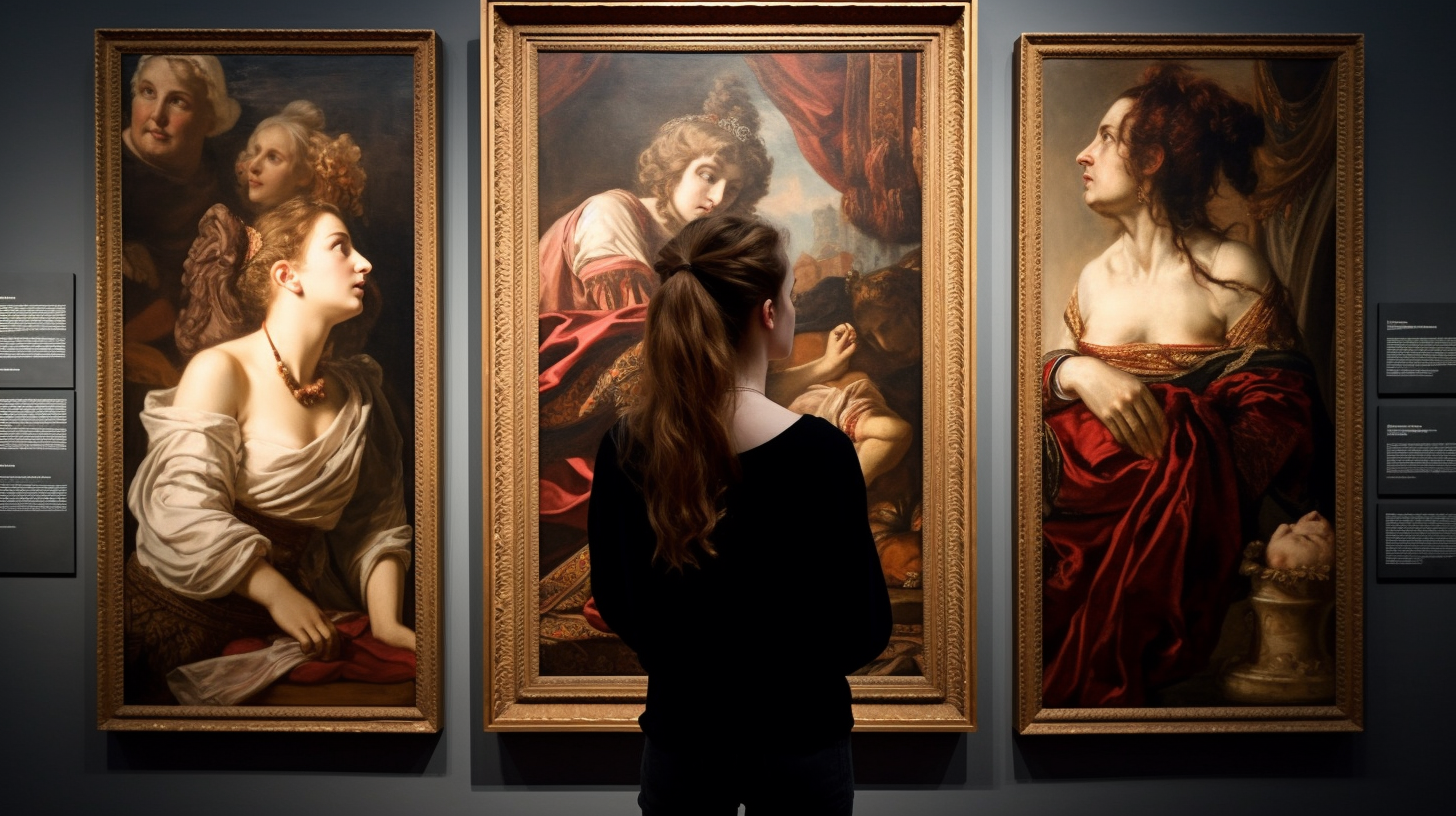Acrylic paints are versatile and this is helpful for painting landscapes. Acrylics are thinned with water or an acrylic medium to create transparency and imitate water coloring. The tint is used from the container for medium consistency. Apply layers of paint to create the illusions of thickness as seen in oil painting.
10 Tips:
1. Sketch or draw the landscape from the original scenery, a photo, or from your imagination.
Use light pencil strokes, colored pencils, or chalk to sketch an outline. It is difficult to cover heavy pencil markings if creating a transparency element such as water or thin clouds. Outline drawing with acrylics to avoid pencil marks.
2. Use oil painting technique preparing the canvas surface with a primer only if the surface is rough. Use acrylic gesso for smoothing rough surfaces. Commercial paper and canvasses are primed for acrylics.
I like to prime my surface with white paint as it seems to add more body or richness to the second layer of paint. Or paint the background with various colors to mark select areas. For example: blue for the sky, green for forest areas, and yellow for a field of wild flowers.
3. Are you painting a scenery in the outdoors? A spray bottle of distilled water helps to keep acrylics damp or use retarders or slow dry mediums to keep paints moist.
4. Practice traditional paint strokes, experiment with different techniques, and let your imagination create other methods.
It is worthwhile to practice assorted brushing techniques that artists use. It is to your benefit to experiment with different strokes using thin, medium, and thick paint. If you are like me, you will experiment with other objects for creative effects.
5. Palette knives, toothbrush, sponges, cotton balls, craft sticks, paper, and other miscellaneous items create effects..
I find texture to be a challenge in landscape painting. Nature creates smooth, rough, stringy, and other assorted tactile sensations with plants, trees, grasses, flowers, and other flora. A tree trunk has rough bark, blades of grass are narrow, plant life varies with smooth to thorny leaves, bodies of water have movement, and rocks have assorted surfaces. Using different objects helps with bumpy, spotty, rough, and fuzzy. You will enjoy discovering and creating assorted textures with or without brushes. Many layers of paint will create texture.
6. Gather Tint knowledge.
Gain knowledge of primary, secondary, warm and cool and mixing colors. Red and green produces brown, blue and yellow produces green. The reason to understand color mixes is that nature is not one color. Landscape scenery utilizes many colors along with light, dark, and shadows producing reality to your landscape.
7. Make a Color Chart
Mix paints in small amounts to avoid waste. This is the importance for a color chart providing mixing portions. The chart is a permanent guide for accuracy and saving time. Acrylic paints dry quickly, mist with water to keep moist while working. An acrylic medium is mixed into paints for longer working times.
7. Set aside a space for your artwork. Art work needs to sit on a counter or on the easel for a day or more. You will want to restrict this area from others. Storage space for art supplies is essential..
8. Clean paint brushes after each painting session. Synthetic brushes are made from nylon or polyester and are easy to wash with soapy water. Then, squeeze dry, reshape and store in a secure dry place insuring a longer life for brushes. The dry paint on a brush is very difficult to impossible to remove. These paints will stain clothing; wear a protective apron or cloak.
9. Protect finished work with a sealer. Store in safe, cool, and dry container. I store my paintings in cardboard files and boxes.
10. Sign your artwork. Are you planning to sell your creations? Copyright your work.
People who paint landscapes real or imagined reap the benefit of fun and accomplishment. Artists will learn much about texture and color combinations.






